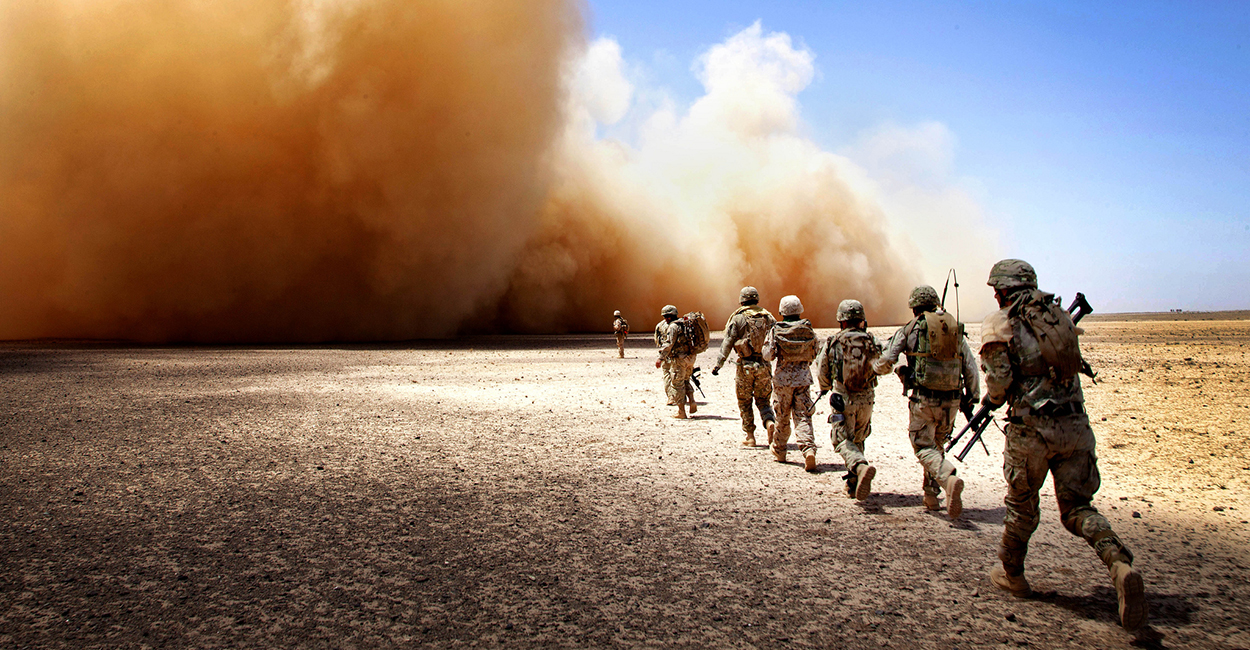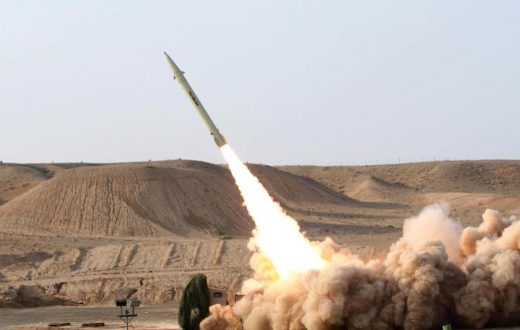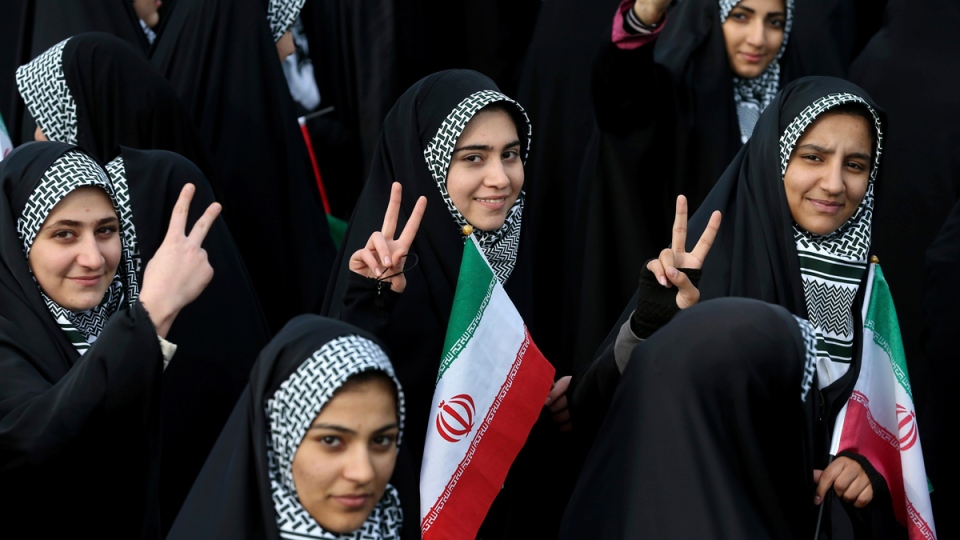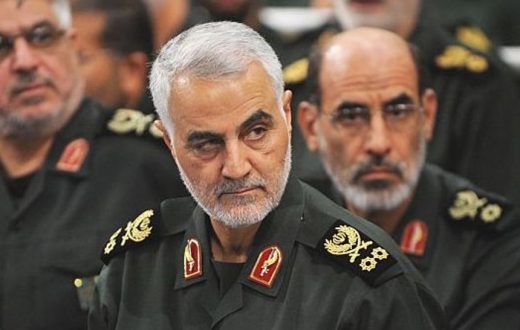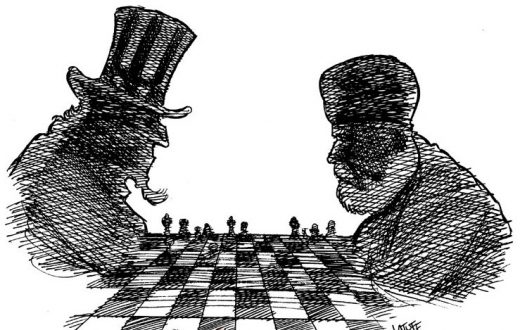Dana Chocron is a specialist of Middle East political landscapes. She is specialized in the Levant. She holds a BA in Government,Security and Diplomacy from the prestigious school of IDC. She is currently an analyst for a top 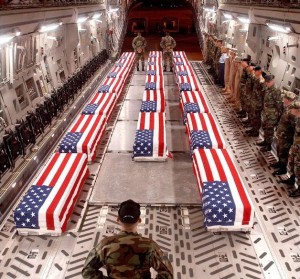 Israeli Organization.
Israeli Organization.
The great part of history is that it constantly repeats itself. Past events will probably reoccur in the future in a very similar nature; therefore, we know to extract lessons from them. However, the smart extraction of lessons does not necessarily promise the application of these into practice. Probably the gap between the two steps, extraction and application of lessons, is well reflected in the American history related to terrorism-dealing with.
This article aims to compare two big scenarios that the United States has been confronted with: the past war against the Afghan Taliban and the present war against the Islamic Iraq and Syria. When analyzing the lessons that the U.S. could have pulled out of their first combat against terrorism in Afghanistan, we can tell some of them have definitely been applied, while others seem to remain on the list of errors.
The historical analysis: a gap between theory and practice
Talking about the eternal “American paranoia”: the year 2001 marked for the United States the starting point for the development of a strong feeling of mistrust and suspicious towards the world, and essentially, towards its biggest nightmare – the terrorists.
The 9/11 attacks conducted a tremendous amount of American troops towards the field in Afghanistan, convinced of the need to turn down the reason that caused a huge damage on the American strength and sense of indestructibility. The Taliban forces were far from imagining the long-lasting and bloody nature of the battle that they were about to face. Neither the American soldiers would have grasped the conditions and consequences that such battle would bring about.
This entire scenario ended up representing a fatal succession of events both for Afghanistan and the U.S., and meant the longest struggle that the U.S. military had ever been involved in. However, the drill, the amount of public critiques, the worrying instilled within society, and the political implications of it, the U.S. was forced to end the war, expose its mistakes and, above all, demonstrate it had managed to extract out of it meaningful lessons that would be applied in future similar scenarios. Have these lessons been indeed applied?
The answer to this question is probably, yes to the most. Indeed, the U.S. has firmly changed its attitude when facing the nightmare—the terrorist threat. Nevertheless, when analyzing a new current period in which dealing with terrorism has come to being a priority, some of those lessons have quite been put aside. In fact, it seems that the so-called American paranoia is stronger than it can allow for an ameliorated attitude vis-à-vis terrorism.
Currently, the battle against the Islamic State in Iraq and Syria, the claimed Islamic Caliphate has rather been shadowing the implementation of the learnt lessons, setting the U.S. back into an offensive mindset, which has once again conducted military forces to the respective scenario. The major critique received by the public back in Afghanistan was definitely the ground strategy employed, which had left a never-seen-before amount of deaths on the field. Since then, soldiers’ lives have needed increased protection. Today, the on-going situation in Iraq and Syria hasn’t conducted ground forces to the field, but, it has brought about airplanes strikes on the ground. As of now no casualties had been declared on the side of the American forces deployed, nevertheless, it didn’t take too long for the first death to be claimed by the U.S. military.
It is clearly not expected to reach death tolls like in Afghanistan; that would be ridiculous. Yet, it is interesting to try to think of how many soldiers will the U.S. be willing to sacrifice in today’s, more-then-ever dangerous, battlefield. Again, it seems that the U.S. has fallen into the spiral trap of terrorism and has again opted for a military deployment to the battlefield.
Then, if military direct intervention is not to be the solution to combat terrorism, what should the U.S. move be instead? I’d argue: prevention instead of reaction to the threat. Acting before needing to cure the damage and deal with the already advanced problem. That is, preventing terrorist networks from expanding, limiting their extent, influence and impact in terms of recruitment of followers, interfere between the terrorist groups and their providing sources for weapons, censor their worldwide spread propaganda, prohibit French, Swiss, American nationals from quitting the country to join the cause of terror, and above all, de-legitimize their cause, their promises, their reason of being and the methods employed to achieve their purposes. Probably the major problem in dealing with terrorists is that the world waits too long, expects proofs, wants to see the potential of the threat before anticipating it.

